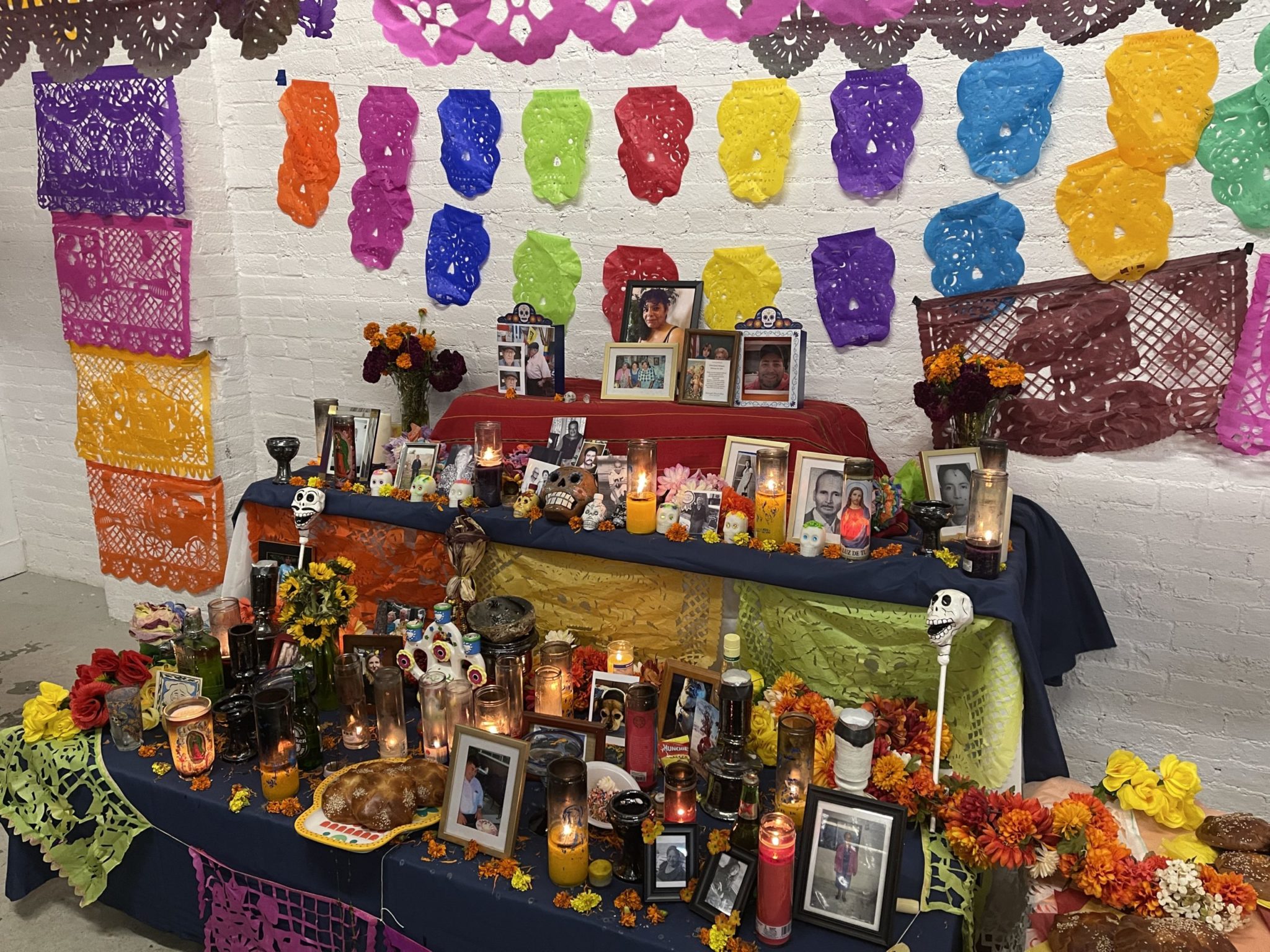Día de los Muertos parade honors lives lost to violence in New Haven
While celebrating the annual Día de los Muertos tradition, ULA addresses New Haven homicides.

William Porayouw, Contributing Photographer
On Saturday, Unidad Latina en Acción hosted a parade and celebration in commemoration of Día de los Muertos. This year’s theme acknowledged the 23 individuals who lost their lives due to violence in New Haven in the last year.
In a letter to the Latinx community, ULA organizer Megan Fountain recognized the holiday’s importance in honoring people who died due to violence in the community. She said that the parade “carries a message of protest and hope.”
Festivities included face painting, music and dance, as well as an intricate “ofrenda,” an altar made to honor dead loved ones and family members — from ancestors of the participants to victims of crime in New Haven.
Renowned Guatemalan artist Pedro Lopez directed art production, and dozens of volunteers participated. In the week leading up to the event, participants volunteered at daily art workshops to craft all the materials used during Saturday’s parade.
Fellow ULA organizer John Lugo said that the goal of the event was to “leave a cultural mark on the city of New Haven.” Lugo noted the progress that members of the Latinx community have made in presenting their voices to the city’s government. However, he also noted that racism and exploitation continue to persist and that “it’s another fight we’re working on.”
Community organizer Nayeli Garcia acknowledged the role this year’s theme played in Día de Los Muertos.
“We remember our ancestors,” she said. “We remember the 23 people that have died in New Haven.”
In addition to the “marionetas,” or dolls, representing the 23 people who violently died in the city in the past year, Lugo pointed out that additional dolls had been made to represent those who have died crossing the border, from sex work and as victims of human trafficking.
The marionetas crafted for the event reminded participants of the neglect that their communities face in the criminal justice system. Garcia claimed that the city of New Haven has not properly investigated certain crimes in New Haven, specifically within the police department.
“When we need them, they don’t do anything,” Garcia said.
Lugo was also critical of the lack of attention being brought to these crimes, noting that the only death the police department thoroughly investigated was in the case of a Yale student. He brought up the death of Jorge Osorio-Caballero in New Haven, whose family he claimed “has not heard what has been happening for the past eight months.”
The New Haven Police Department did not reply to requests for comment.
Event volunteer Rebeca Vergara MED ’23 also acknowledged the neglect that Black and Latinx communities face in New Haven.
“There’s a high priority for Yale students like us to get more attention when something bad happens to us,” Vergara said. “But for the rest of the community, they don’t get that same treatment.”
The death of Yale student Kevin Jiang earlier this year received widespread media coverage and significant attention from the New Haven Police Department, who have identified his suspected killer.
Members of the Latinx community joined from across Connecticut to both commemorate and protest the treatment of the deaths in New Haven.
Norwalk resident Laura Garcia brought her friends and family with her to the event, which she considers one of the most important holidays of her culture. She mentioned that there was a large Hispanic population in New Haven and other parts of Connecticut, and events such as the one ULA organized have helped the community witness its members “fighting for each other.”
ULA will be hosting a protest on the New Haven Green on May 1 in recognition of immigrant workers as part of International Workers’ Day.







